Are Manatees Endangered ?
Are Manatees Endangered ?. Yes, manatees are considered as endangered species. Manatees are endangered primarily due to habitat loss, boat collisions, entanglement in fishing gear, pollution, and the impacts of climate change. These factors have led to a significant decline in manatee populations and pose ongoing threats to their survival. There are three main species of manatees: the West Indian manatee, the Amazonian manatee, and the African manatee. Each of these species faces threats that have led to their endangered status.
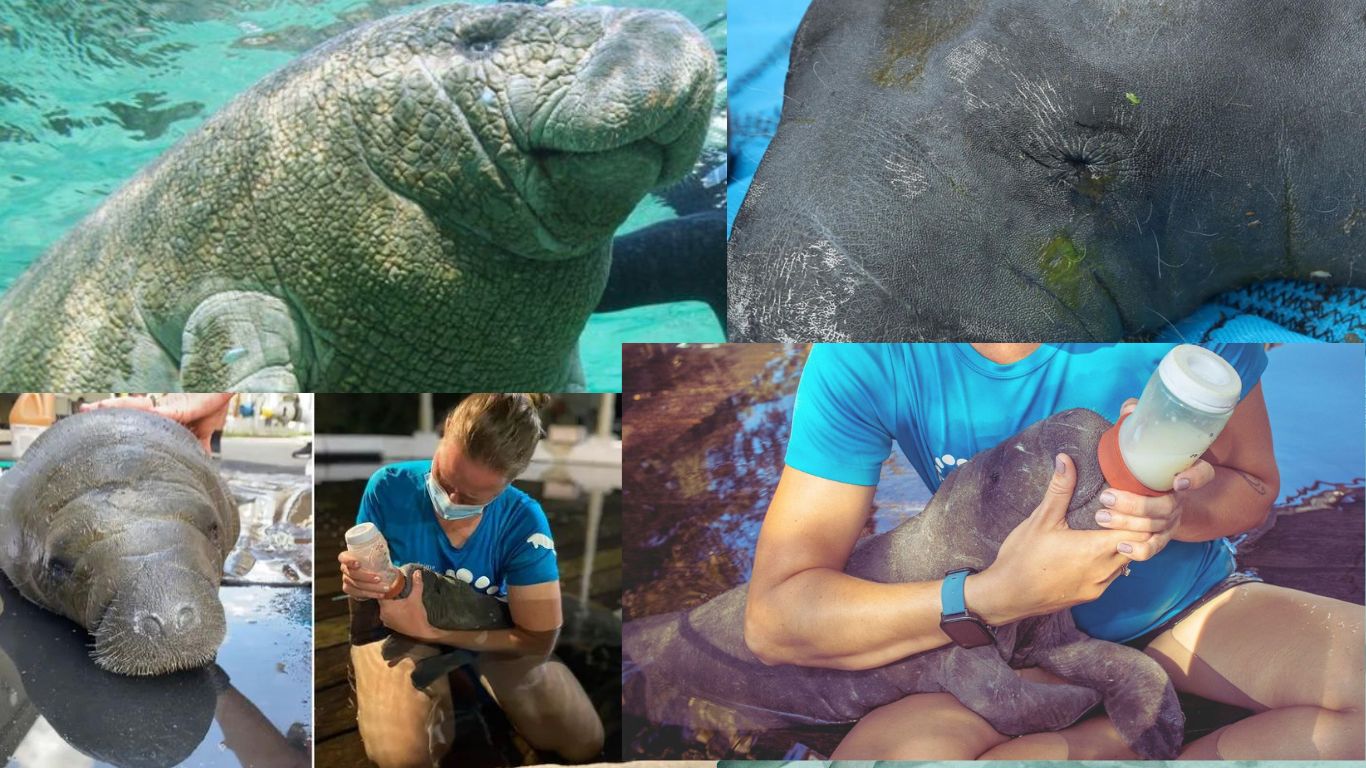
Threats to Manatees
Manatees are endangered due to several factors.
1. Habitat Loss and Degradation
Manatees rely on coastal and freshwater habitats, including seagrass beds, mangroves, and rivers, for feeding, breeding, and shelter. However, these habitats are being lost or degraded due to coastal development, pollution, dredging, and habitat fragmentation. As their habitats shrink or become degraded, manatees face challenges in finding suitable areas to meet their basic needs.
2. Boat Collisions
Manatees are slow-moving animals and spend a significant amount of time near the water’s surface, making them vulnerable to collisions with boats and watercraft. These collisions can cause severe injuries, including broken bones, internal injuries, and lacerations, and can even result in death. The increasing number of boats and watercraft in manatee habitats poses a significant threat to their survival.
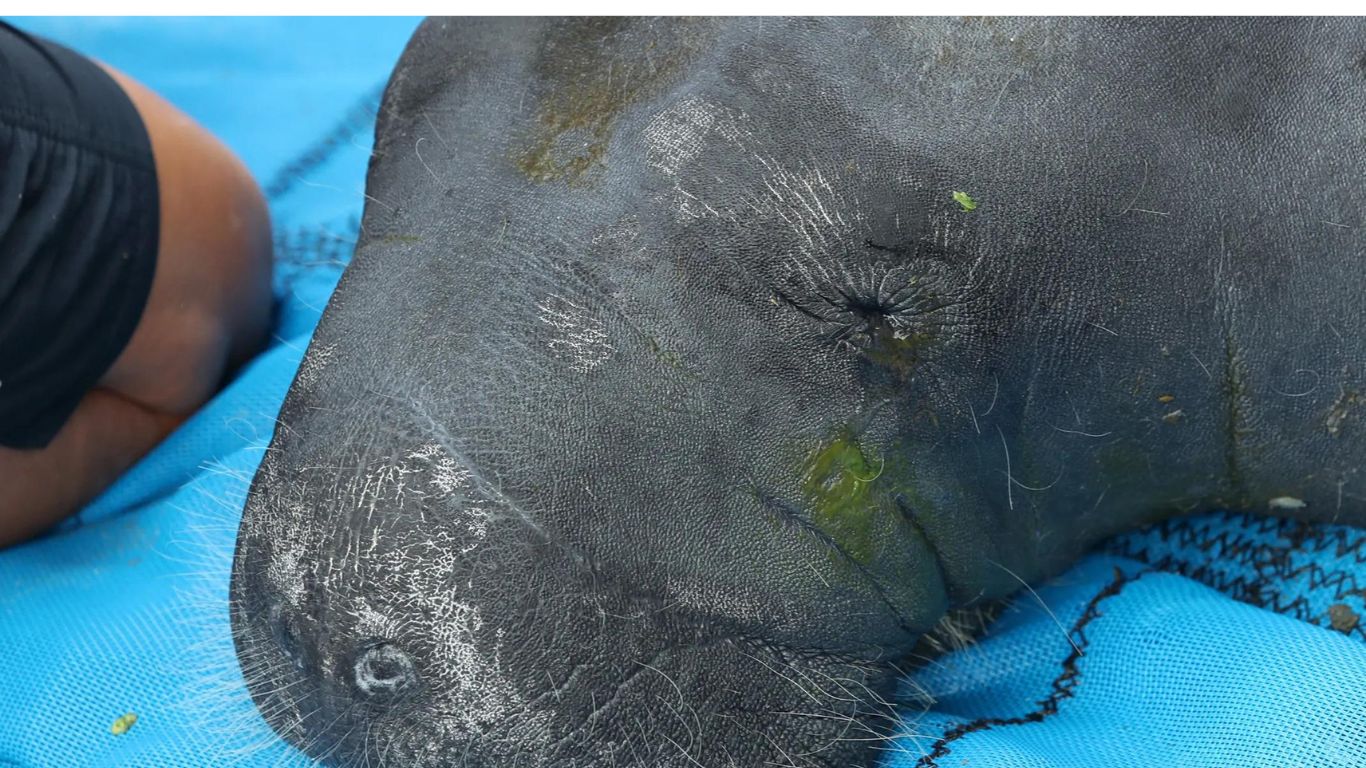
3. Entanglement in Fishing Gear
Manatees can become accidentally entangled in fishing gear, such as nets, lines, and crab traps. This can restrict their movement, cause injuries, or even lead to drowning. The improper disposal of fishing gear and the lack of measures to prevent entanglement contribute to the endangerment of manatees.
4. Pollution and Water Quality Issues
Pollution from runoff, industrial waste, and sewage can contaminate the water in manatee habitats. This pollution can lead to harmful algal blooms, oxygen depletion, and the accumulation of toxins in their food sources. Poor water quality affects the health and survival of manatees and can also lead to a decline in their food availability.
5. Climate Change
Climate change has adverse effects on manatees and their habitats. Rising water temperatures, increased frequency and intensity of storms, and sea-level rise can impact the availability of suitable habitats, disrupt their migration patterns, and reduce food sources such as seagrass beds. These changes pose significant challenges to the already vulnerable manatee populations.
Manatees Species
There are three main species of manatees: the West Indian manatee, the Amazonian manatee, and the African manatee.
1. West Indian Manatee
A. Distribution: Found in the coastal waters, rivers, and estuaries of the Caribbean Sea and the Gulf of Mexico.
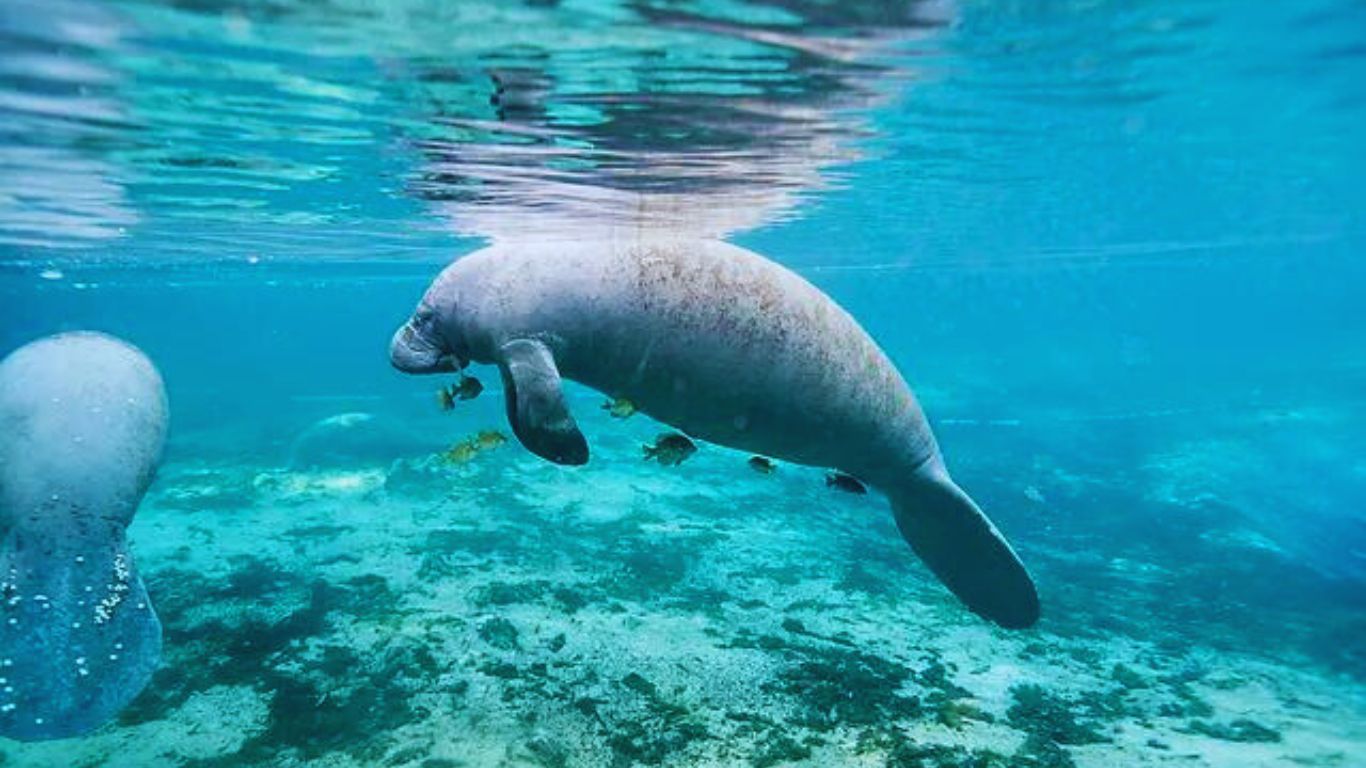
B. Threats:
– Habitat loss and degradation due to coastal development and human activities.
– Boat collisions, which can cause injuries and fatalities.
– Entanglement in fishing gear, leading to injuries and drowning.
– Pollution, including water pollution and marine debris ingestion.
– Climate change, resulting in habitat loss and changes in food availability.
C. Conservation status: The West Indian manatee is listed as endangered by the International Union for Conservation of Nature (IUCN).
2. Amazonian Manatee
A. Distribution: Found in the rivers, lakes, and flooded forests of the Amazon Basin in South America.

B. Threats:
– Habitat loss and degradation due to deforestation, dam construction, and pollution.
– Hunting for meat, oil, and body parts.
– Accidental entanglement in fishing gear and drowning.
C. Conservation status: The Amazonian manatee is listed as endangered by the IUCN.
3. African Manatee
A. Distribution: Found in the rivers, estuaries, and coastal areas of West and Central Africa.

B. Threats:
– Habitat loss and degradation due to dam construction, deforestation, and pollution.
– Hunting for meat and traditional uses.
– Accidental entanglement in fishing gear and drowning.
C. Conservation status: The African manatee is listed as vulnerable by the IUCN, but specific subpopulations may be critically endangered.
Conservation Status
Several organizations and agencies play a crucial role in manatee conservation. These include:
1. International Union for Conservation of Nature (IUCN): The IUCN assesses the conservation status of species and provides scientific expertise and guidance for conservation efforts worldwide.
2. U.S. Fish and Wildlife Service (USFWS): The USFWS is responsible for the conservation and recovery of manatees in the United States, particularly the West Indian manatee subspecies.
3. Save the Manatee Club: This nonprofit organization is dedicated to the conservation of manatees and their habitats through public awareness campaigns, research, and advocacy.
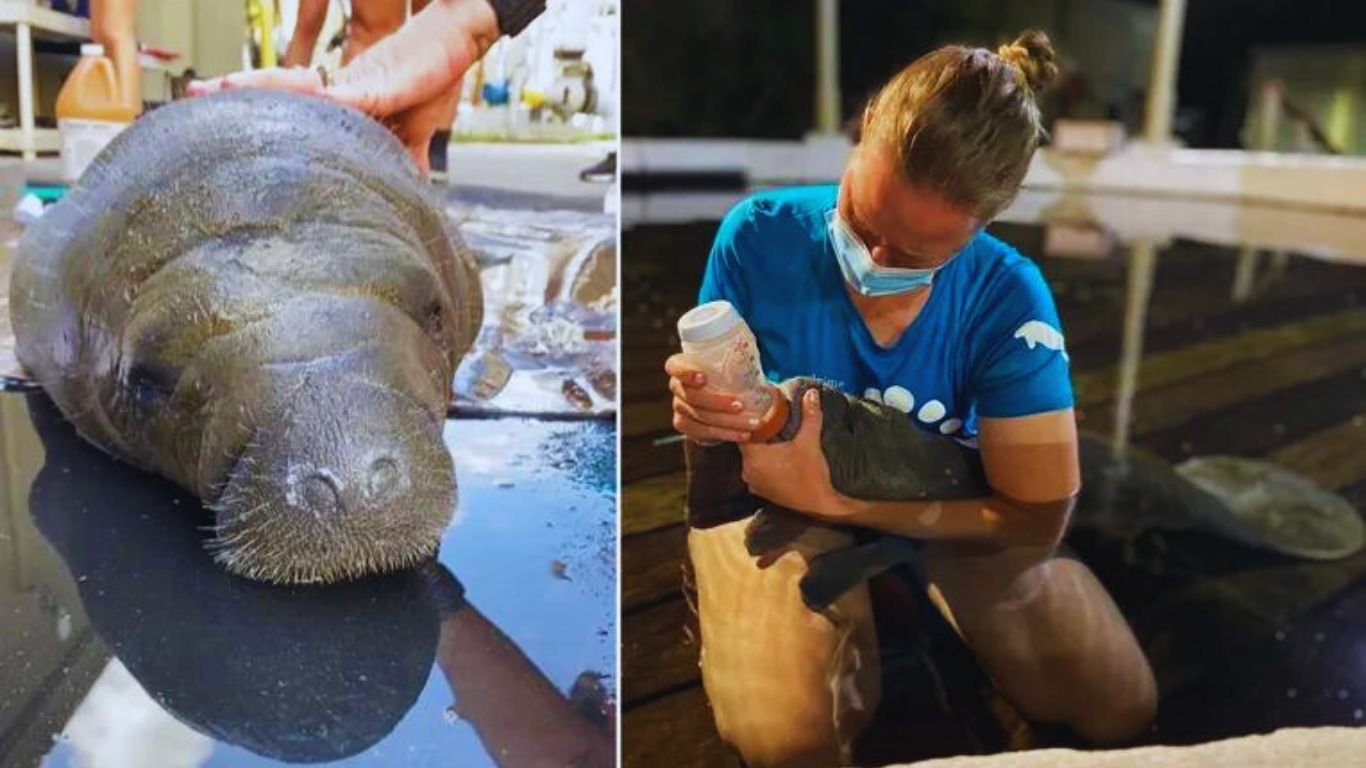
4. Manatee Conservation Trust: Based in the UK, the Manatee Conservation Trust supports research, education, and conservation projects focused on manatees globally.
5. National Marine Fisheries Service (NMFS): The NMFS works on manatee conservation and recovery in the United States, particularly through the implementation of regulations and protections.
6. Local and regional conservation organizations: Various local and regional organizations, such as marine mammal research centers, wildlife agencies, and environmental groups, also contribute to manatee conservation efforts in specific regions or countries.
These organizations and agencies, along with other stakeholders and researchers, collaborate to study manatees, implement conservation measures, raise public awareness, and advocate for policies that protect these endangered species.
Efforts to Protect Manatees
Various conservation measures and initiatives are in place to protect manatees. These include habitat preservation, public education and awareness campaigns, research and monitoring programs, and the implementation of regulations to minimize human impacts.
Click on the image below or here to know more as What do manatees eat?.
1. Establishment of protected areas and manatee sanctuaries
Protected areas and manatee sanctuaries are established to provide safe habitats for manatees. These areas often have regulations in place to limit human activities that could disturb or harm the manatees. They serve as important refuges where manatees can find food, rest, and breed without significant human interference.
2. Implementation of regulations and guidelines for boaters
To reduce boat collisions and disturbances, regulations and guidelines are put in place for boaters operating in manatee habitats. These regulations may include speed limits, designated no-wake zones, and educational campaigns to raise awareness about the presence of manatees and the need to navigate carefully to avoid collisions.
3. Rescue, rehabilitation, and release programs for injured or orphaned manatees
Organizations and facilities dedicated to manatee conservation run rescue, rehabilitation, and release programs. When injured, orphaned, or sick manatees are found, they are provided with veterinary care and rehabilitation until they can be safely released back into the wild. These programs play a vital role in saving individual manatees and contributing to the overall population’s recovery.
4. Research and monitoring efforts to study manatee populations and behaviors
Researchers conduct studies to gather data on manatee populations, migration patterns, habitat use, and behaviors. This information helps in understanding their ecological needs, identifying critical habitats, and developing conservation strategies. Monitoring programs track population trends, reproductive success, and health indicators to assess the effectiveness of conservation efforts and inform management decisions.
These efforts collectively aim to protect manatees, conserve their habitats, minimize human impacts, and ensure the long-term survival and recovery of these endangered species. Collaboration among government agencies, research institutions, conservation organizations, and local communities is crucial for the success of these initiatives.
Conclusion
Indeed manatees are endangered species. They face numerous threats such as habitat loss, boat collisions, entanglement in fishing gear, pollution, and the impacts of climate change. These factors have resulted in significant population declines and endangerment of manatees worldwide. Efforts are being made to protect and conserve these gentle marine mammals, including the establishment of protected areas, implementation of regulations for boaters, rescue and rehabilitation programs, and research and monitoring initiatives.
Efforts are underway to protect and conserve manatees, including the establishment of protected areas, implementing regulations for boat traffic, conducting research and monitoring programs, and raising awareness about the importance of manatee conservation. However, continued conservation efforts are necessary to ensure the survival and recovery of these endangered species.
Conservation efforts, including habitat protection, boating regulations, public education, research and monitoring, and rehabilitation and rescue programs, are crucial for addressing these threats and ensuring the long-term survival of manatees.

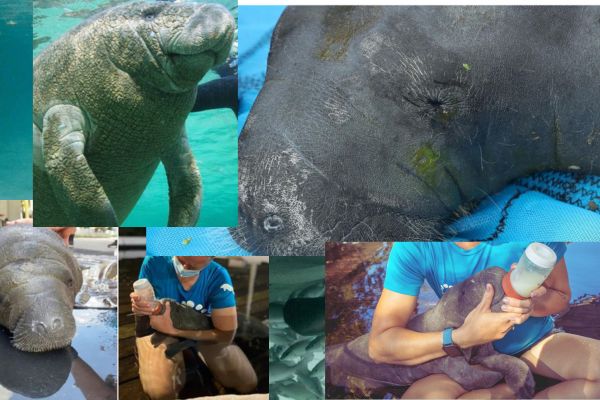
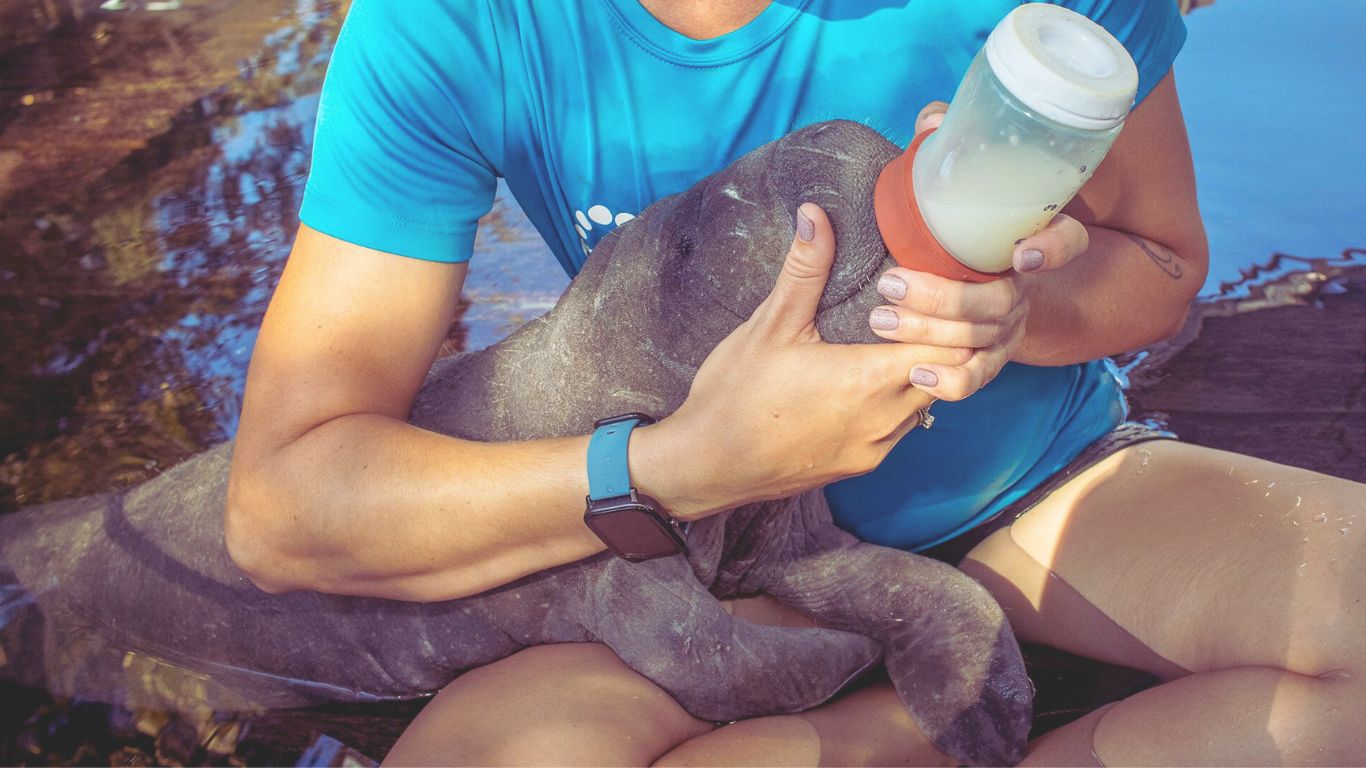
2 thoughts on “Are Manatees Endangered ?: Understanding the Fate of Manatees”